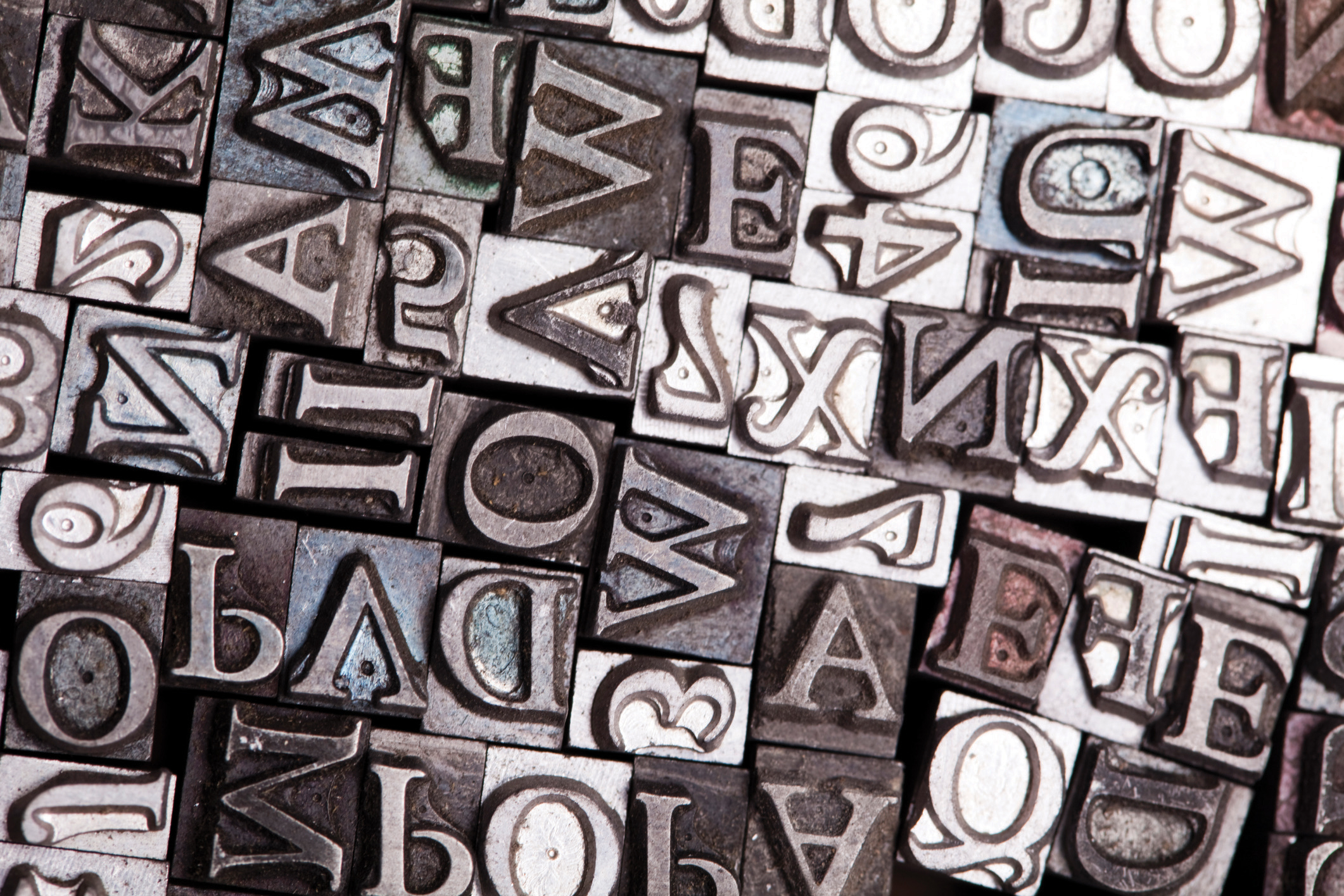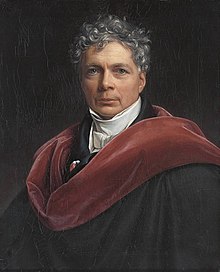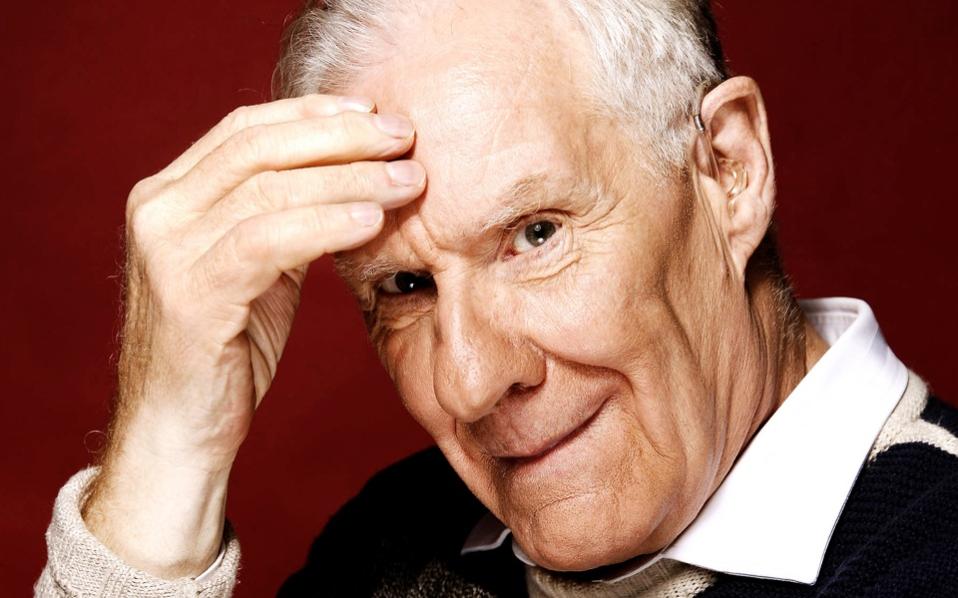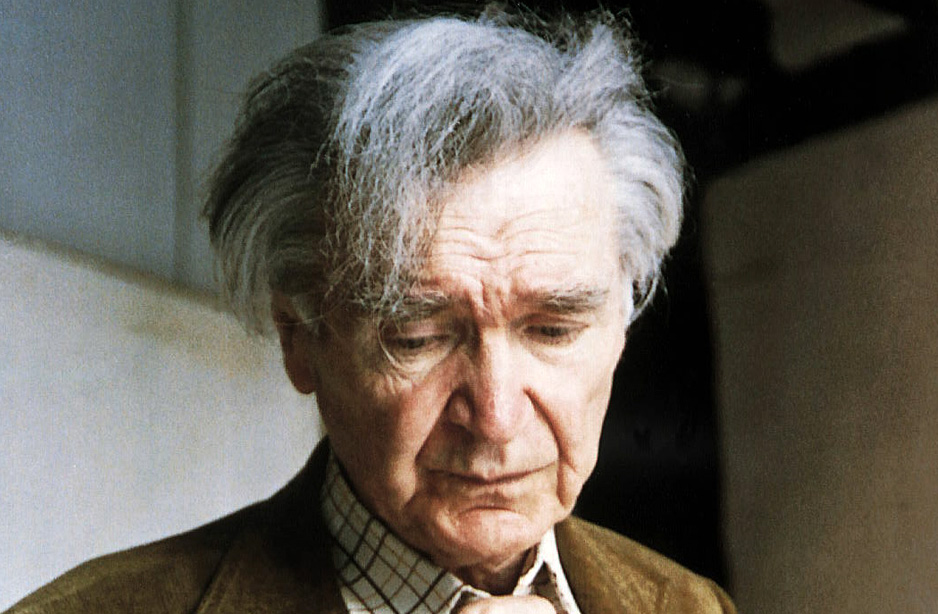Daniel Whistler, Schelling’s Theory of Symbolic Language: Forming the System of Identity (Oxford, UK: Oxford University Press, 2013), 261 ppgs + xi
Friedrich Wilhelm Joseph Schelling (1775-1854) was a German philosopher who is situated between the two predominant thinkers of his time: his mentor, Johann Gottlieb Fichte; and his contemporary and in many ways, rival, Wilhelm Friedrich Hegel. His philosophical system, which he himself changed as his thought evolved, results in an arguably convoluted and an inarguably complex philosopher. Regardless, his importance is second to none; we can see his evident influence on thinkers in following generations such as, but not limited to, Hegel himself, Søren Kierkegaard, Martin Heidegger, Maurice Merleau-Ponty, Paul Tillich, and Slavoj Žižek amongst the other thinkers Whistler acknowledges.(ix) Thus, Daniel Whistler’s new books comes at an opportune time, where critical (re)examinations of Schelling’s thought have recently begun to emerge—a sort of “Schelling renaissance” as Whistler accurately describes.
Daniel Whistler’s book, Schelling’s Theory of Symbolic Language: Forming the System of Identity, is rigorous analyzation of Schelling’s construction of symbolic language in §73 of his Philosophie der Kunst (Philosophy of Art) in which he (1) reconstructs the historical context of the symbol in the Goethezeit (Age of Goethe) and (2) reconstructs Schelling’s philosophical system, particularly his philosophy of time (Identitätssystem). Whistler’s aim is two-fold: he seeks to redeem Schelling’s (often misinterpreted) theory of the symbol from critiques of ‘the romantic symbol’ by separating Schelling from other thinkers of his time and secondly (a much more difficult project) he aims to reconstruct Schelling’s Identitätssystem in light of his interpretation of Schelling’s theory of symbolic language.
The first step of Whistler’s project is to contextualize §73 of Philosophie der Kunst – which in itself is a two-fold task. First, there is the task of placing Schelling within the Goethezeit (Age of Goethe) then further placing §73 within Schelling’s Identitätssystem (1801-1805).
The Goethezeit, Whistler contests, should be characterized by the development of the ‘romantic symbol’ in Germany. Whistler acutely assesses previous scholarship concerning the Goethezeit and the romantic symbol, and provides critiques and expansions of the use of the romantic symbol, associated with Goethe, Schlegel, and Schiller. Previous scholars have mistakenly associated the romantic symbol with Schelling’s definition of the symbol; however Whistler’s aim is to redeem Schelling by carefully examining the multiplicities of definitions that the romantic symbol has taken. (22) Focusing on three main defining points of the symbol during the Goethezeit: heautonomy, syntheticism, and tautegory; Whistler carefully distinguishes Schelling’s interpretations and reinterpretations of the normative conceptions of the symbol during his time. (17)
Whistler then proceeds within part II of his work to take on a much more detailed and impressive project: contextualizing §73 of Philosophie der Kunst within a larger corpus of Schelling’s work, his Identitätssystem (1801-1805). Here, Whistler claims that “Schellingian symbolic language is intimately bound up with Schelling’s philosophical project as a whole.” (56) Whistler’s premise is both a provocative hermeneutic move and a fierce claim about nineteenth-century German Idealism. Taking Schelling’s symbolic language as the method to which to trace Schelling’s ever-emerging philosophy allows for a unique coherency which previous Schelling scholars have missed. Further, Whistler’s claim is dedicated to establishing Schelling as his own figure instead of being an intermediate figure between Kant and Hegel (57) or a usurper of Fitchte, Goethe, or Kant’s system.
Whistler’s shining moment comes however in the third and fourth sections, when he exegetes Schelling’s §39 of the Philosophie der Kunst. In this chapter, the reader finally gets a complete analysis of Schelling’s theory of the symbol which Whistler touches on in previous chapters, but now comes to full exposition. Schelling’s symbol, Whistler posits, is the Darstellung (depiction or representation) of the absolute whereby “the absolute forms itself into a symbol.” (142) The symbol, in this case referring to art, resembles the absolute insofar as it not only signifies the absolute but participates in the identity of the absolute through mediation. (150) Whistler makes sure to mark out the differentiation once more between Schelling’s conception of the symbol and the romantic symbol as he did the first section of his book, focusing on the three ‘first-order’ properties of the symbol: heautonomy, syntheticism, and tautegory. (157)
The last section consists of Schelling’s symbol language being used to construct what Whistler calls Schelling’s “metaphilosophical presuppositions.” (197) These two chapters consist of Whistler explaining how Schelling’s symbolic language bridges the relation between the finite, infinite, and the eternal. “Symbolic language does not refer to reality; it produces reality…” (202) Therefore, all
 language takes part of forming reality, of giving reality its essence and this Schellingian doctrine has serious implications for theological and scientific thinking. Namely, Schelling is proposing to fix the issue in traditional (usually Christian) theology and that is its referential language—God is the object of theological language. Schellingian symbolic language eliminates God and opts for indifference, the indifferent reality, not as its object but as that which language in-itself produces. Scientific language is no exception. All language—whether theological, philosophical, or scientific—all come together, through a process which Whistler names systematic eclecticism, and serve a symbolic purpose of becoming and producing reality. Theology then is to be Absolute Theology, a discourse that through systematic eclecticism, is not simply referring to God but produces God. (242)
language takes part of forming reality, of giving reality its essence and this Schellingian doctrine has serious implications for theological and scientific thinking. Namely, Schelling is proposing to fix the issue in traditional (usually Christian) theology and that is its referential language—God is the object of theological language. Schellingian symbolic language eliminates God and opts for indifference, the indifferent reality, not as its object but as that which language in-itself produces. Scientific language is no exception. All language—whether theological, philosophical, or scientific—all come together, through a process which Whistler names systematic eclecticism, and serve a symbolic purpose of becoming and producing reality. Theology then is to be Absolute Theology, a discourse that through systematic eclecticism, is not simply referring to God but produces God. (242)
Overall, Whistler’s book is a must read for those who have studied German Idealism and struggle to see the importance of F.W.G. Schelling in light of his contemporaries, Goethe, Hegel, Fichte, and others. Schelling is a philosopher who demands rigorous attention to his corpus. Whistler shows how Schelling successfully stands in his own right as a proper philosopher of 19th century Germany and demands that he be engaged in contemporary philosophical circles. Whistler’s reconstruction of Schelling’s ‘absolute theology’ paves way for further research within the context of German Idealism and the thinkers deeply affected by Romanticism, especially within the realm of language, metaphysics, and God. Further, Schelling’s relation to Hegel, especially in regards to their mutual influences demands to be revisited in light of this work.
Even if one does not agree with the roads, sometimes winding, that Whistler makes to get to his conclusions, this books serves as an invaluable resource to scholars of 19th Century German Idealism and to students who have experience with the material from that era. Whistler shows us that Schelling has much of his dense corpus still left to be rigorously engaged, thus opening a new era of German Idealism studies.
Rolando Rodriguez is a M.A.R. candidate at Yale Divinity School. His research interests lie on the intersections of continental philosophy and Christian theology with a particular focus on the work of Søren Kierkegaard and contemporary French phenomenology.




